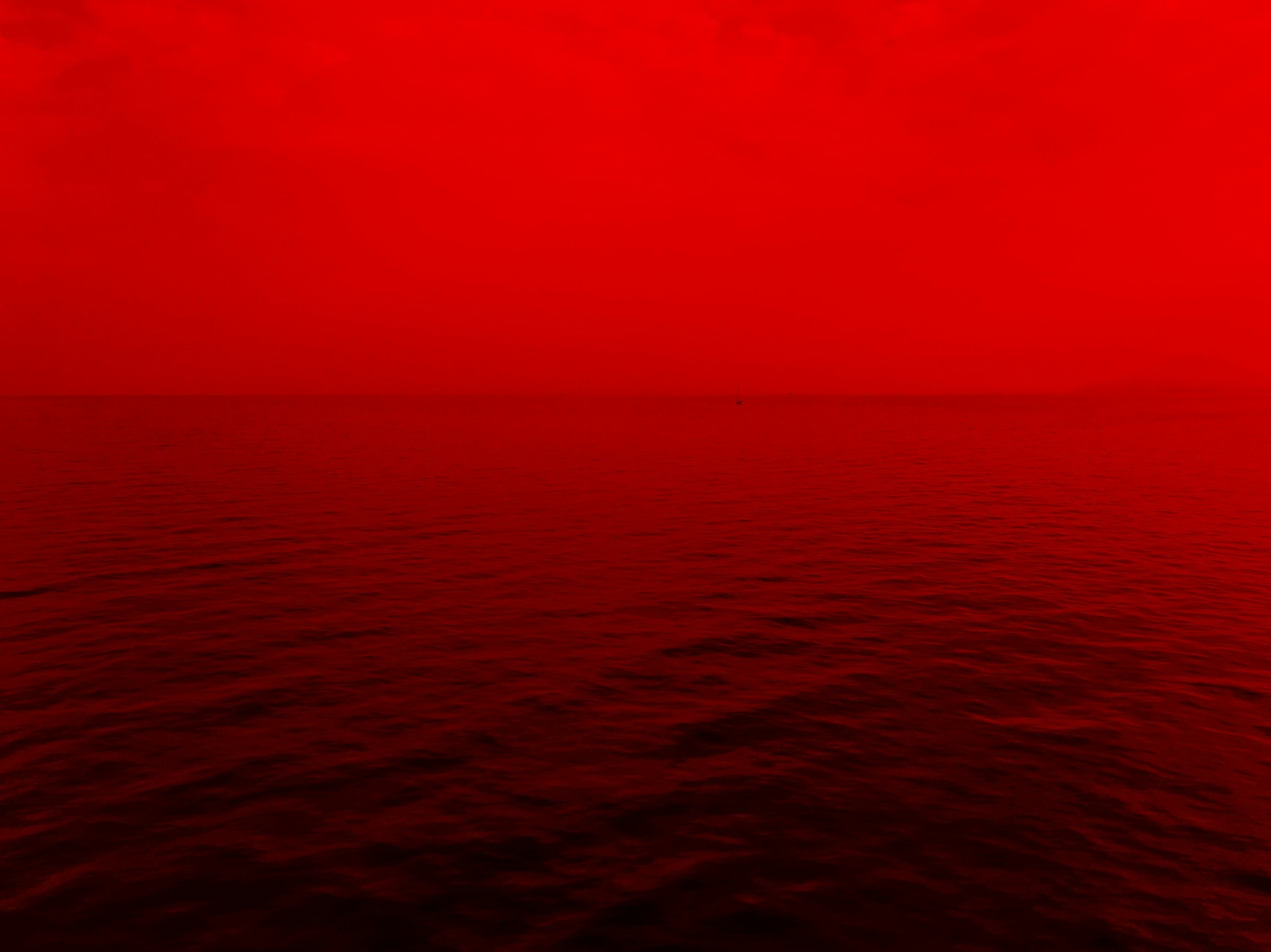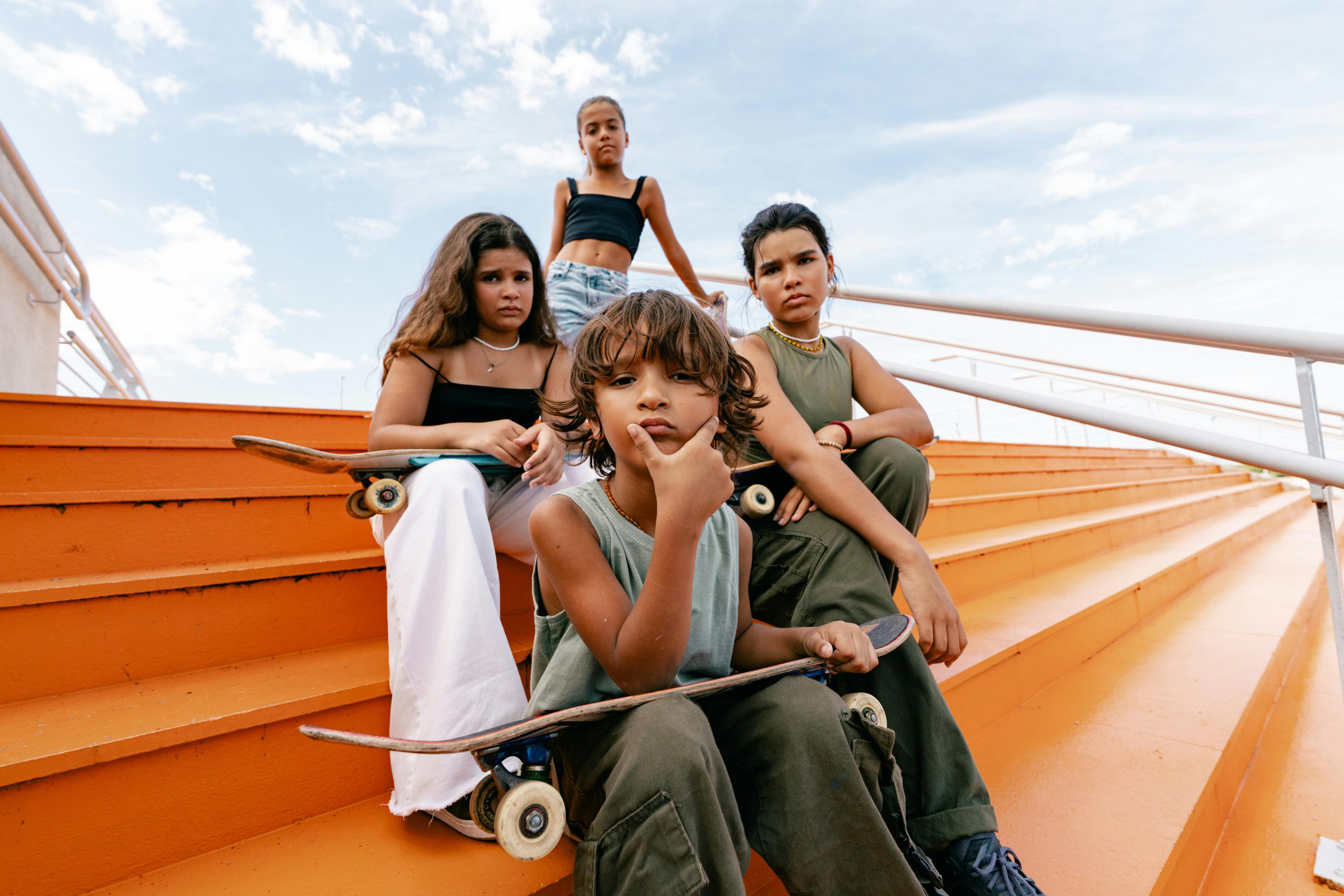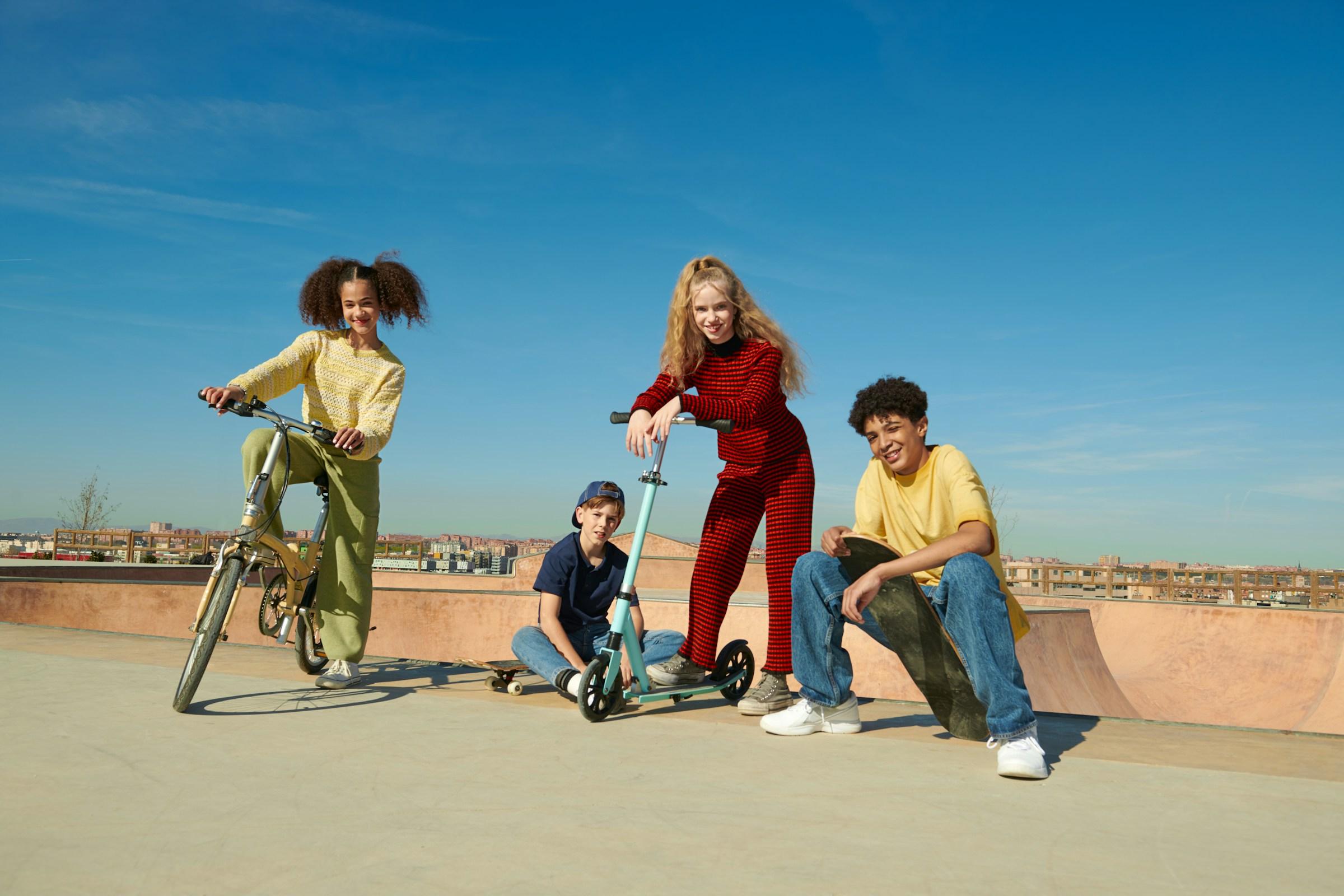Spring break group chats love a viral beach moment. Someone drops a clip of crimson water rolling in like a movie prop. Comment sections start arguing about dye, disasters, or vibes. The truth is less dramatic and more common. Many coastlines see seasonal color shifts that range from tea brown to rust red to a full maroon haze. The effect looks like a filter. It is usually biology.
Most red water comes from phytoplankton blooms. Think of tiny plant like drifters that multiply fast when sunlight and nutrients line up. Some carry pigments that skew the water color. In warm months and near river mouths, those blooms can explode. The internet calls all of it red tide. Scientists prefer harmful algal bloom when toxins are involved and algal bloom when it is just a color story.
Not every red look is dangerous. Rivers can push out silt that tints nearshore water. Coral spawning can cloud a lagoon with a pinkish veil for a night or two. A heavy rain can stir up bottom sediments that muddy the shallows. These pass quickly and do not carry the respiratory sting that makes headlines. The tricky part is that phone videos do not show the difference. Locals listen to their noses and their lungs. If you feel a peppery itch in the throat as you step out of the car, that is a clue.
The version that worries coastal health teams features certain dinoflagellates and their toxins. When waves break, the cells burst and release compounds into the air as tiny aerosols. For most people, that means a cough, a tickle, or watery eyes that stop once you leave the beach. For asthmatics, kids, older travelers, or anyone already congested, that can be a real buzzkill. Pets that love to sprint the shoreline can get irritated paws or worse if they lap contaminated foam. Fish kills happen when blooms starve the water of oxygen or when toxins hit gills directly. It looks dramatic, smells worse, and puts a quick end to sunset picnic plans.
Food is a different risk story. Filter feeders like mussels, clams, and oysters can concentrate toxins even when the water looks fine. That is why closures often target shellfish first. Restaurants and markets in regulated regions pull stock from safe beds or go to farmed supply. Street side seafood stands in less regulated zones may not have that buffer. Travelers who eat local should ask basic questions. Where did it come from. Was this bed open today. People do this not out of paranoia but out of practice.
Swimmers worry about rashes. The honest answer is that it depends on the bloom, your skin, and how long you stew in it. Mild irritation is the most common report. Rinsing right after you get out and skipping a long soak in surf when the water smells sharp is the simple move. If you have open cuts or a recent piercing, the sensible choice is the pool.
The cultural split plays out online. TikTok chases the wow factor. People post shots of scarlet waves and caption it like a warning sign from nature. Locals use dull screenshots of county dashboards and captions like beach closed at access 6, access 9 still fine. Both are true for their audience. One performs the moment. The other navigates it.
So what do you do if your spring break hits the red week. You copy local behavior, not influencer bravado. People who live with seasonal blooms treat them like rain delays. They check advisories in the morning. Text threads trade wind direction and which beaches sit up current of the hot zone. Onshore wind pushes aerosols toward the crowd. Offshore wind often makes the air feel clear even if the water looks rusty. A ten minute drive can turn a cough day into a no problem beach day.
You also time the day. Morning sessions often feel easier on the lungs. Midday heat can intensify the smell and the aerosol effect near the swash zone. Sunset is hit or miss. If the shore breeze turns on, the irritation turns on with it. Locals will stand upwind of the breaking line or pick a spot near a jetty that blocks some of the spray. Tiny choices change the vibe fast.
If you are set on water time, pivot to alternatives for a day or two. Bays and rivers that sit behind barrier islands may stay clear when the open coast is murky. Snorkel trips that head to offshore reefs can escape the nearshore bloom if operators confirm conditions. Springs and cenotes in some regions offer crystal water with zero tide drama. Hotels usually lean into this with pool days, live music, or last minute deals on kayak tours up sheltered creeks. Spring break is a social calendar. It does not live or die on one beach entry.
Packing helps. Saline spray makes the after beach cough fade faster for many people. A simple mask takes the edge off if the wind kicks up while you wait for friends. Shower off the moment you head back to the room and rinse gear. Do not let pets drink from shoreline puddles. If you have asthma, treat the beach like high pollen season. Keep your inhaler reachable and do the boring prep you would do for a hike.
Planning helps even more. Book at least one inland day on purpose so a red morning does not feel like a stolen day. Choose refundable surf lessons and boat tours so a bloom does not turn into a fee. Read a line of fine print on travel insurance. Many policies treat environmental closures like weather that you work around rather than a covered loss. That does not cancel fun. It just sets expectations.
The science side also matters. Warmer water, fertilizer runoff, storm patterns, and coastal development shape bloom timing and intensity. That does not mean every red wave is climate collapse. It means that seasonality can stretch and local peaks can surprise casual visitors. When in doubt, read the latest update from the local beach authority or health department. Those pages look boring. They make the best trip decisions.
There is also the lure of the night glow. Some red tide species turn electric blue when disturbed after dark. It looks like a special effect. People sprint across the sand to kick up halos in the shore break. The same caution applies. Pretty light does not cancel respiratory irritation. If the beach felt rough at noon, it may still feel rough at 10 pm. Watch from the pier, not knee deep in foam.
One more myth to leave at home. Viral posts love a conspiracy. Food dye from a festival. Secret military test. Blood in the water. Coastal communities have lived with seasonal blooms for generations. They also want your business again next year. The simplest read is the right one. Nature surfed an opportunity. You can surf around it.
If you only remember one practical line, make it this. You do not need to memorize species names to make a good choice. You need to know why the ocean turns red in the first place and how locals keep living with it. Check the advisory. Read the wind. Pick the spot that feels easy on the lungs. Save the hero shot for another day.
Spring break is supposed to feel free and a little unscripted. A red tide can feel like a plot twist you did not order. The trip still works. The beach is not going anywhere. You are still there with people you wanted to see. That is the part worth chasing.






.jpg&w=3840&q=75)







